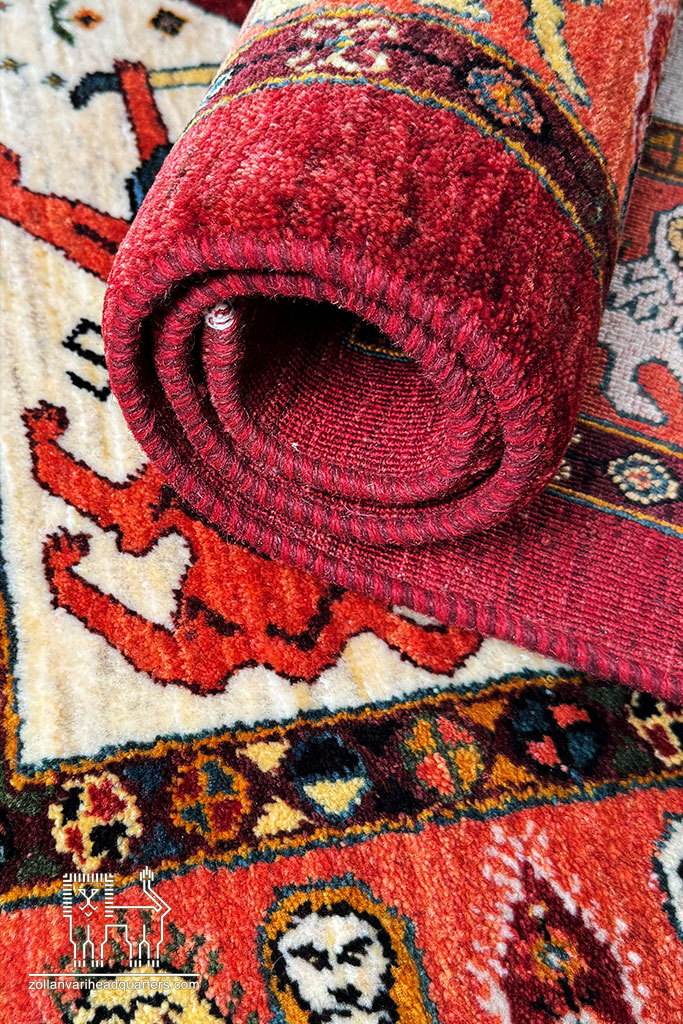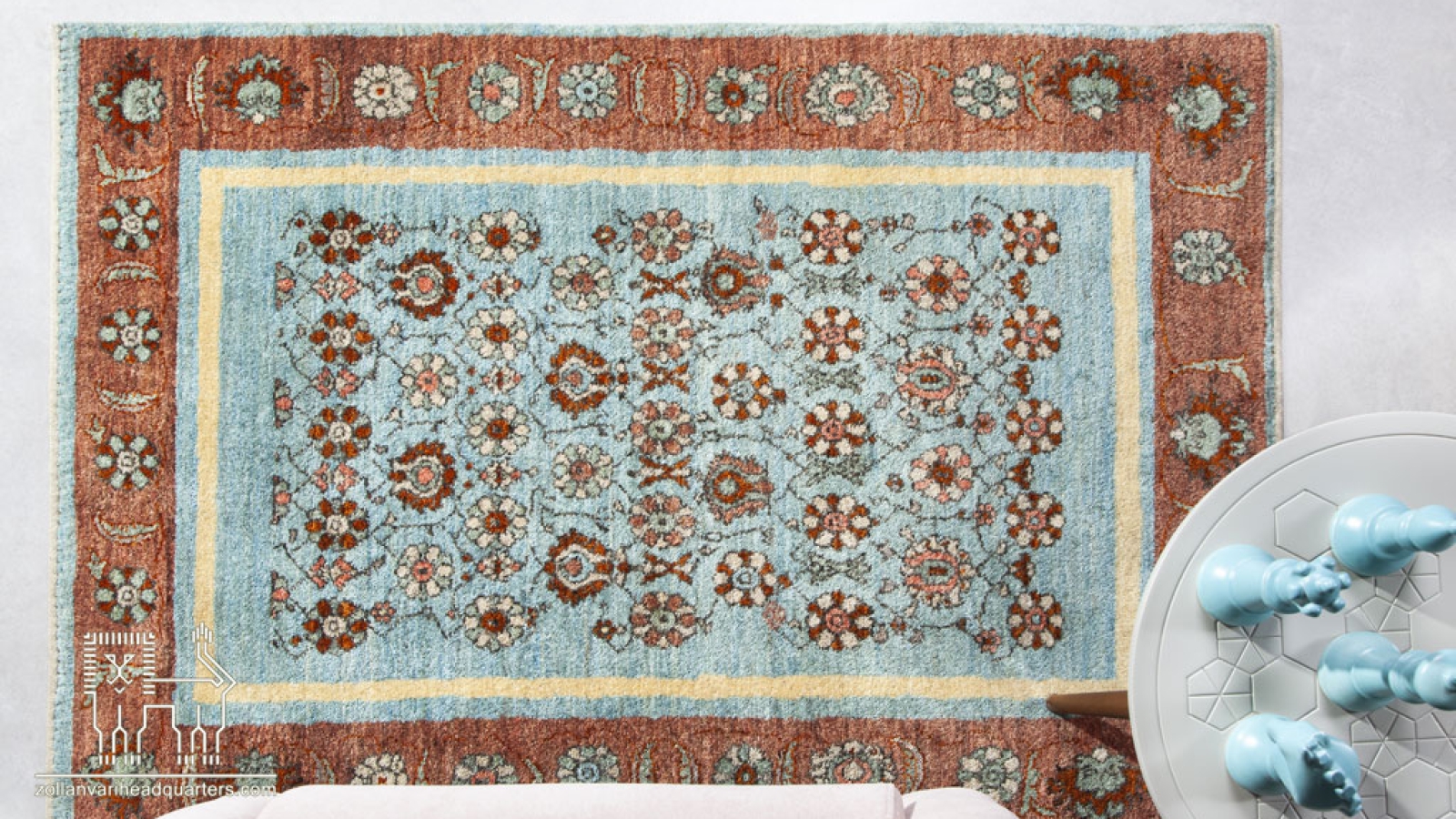Preventing Stripes and Extending the Lifespan of Your Carpet
Stripes in machine-made carpets are one of the worst problems that can damage both their beauty and functionality. This issue can be caused by several factors, including the use of low-quality raw materials, improper temperature and humidity during weaving, or even incorrect carpet cleaning. The appearance of these stripes not only affects the aesthetic appeal of the carpet but can also reduce its lifespan. However, there’s no need to worry, as there are ways to improve the situation and reduce the impact of these stripes. In the following, we will explore the causes and treatments to help you restore your carpet to its original condition and become an expert in this area. So, if your carpet has developed stripes or you want to expand your knowledge on this topic, stay with us throughout this article from the Zollanvari website.
What is Stripping in Carpets?
Stripping in carpets occurs when there are horizontal bands with different colors from the primary color of the carpet, creating a distinct and sometimes discordant appearance in the pattern and design. These stripes can consist of one, two, or several knots that contrast with the rest of the carpet’s colors, and the fibers in these areas may become unevenly dark or light. This color contrast can negatively affect the overall beauty of the carpet. In hand-woven carpets or rural and tribal carpets, this irregularity is often seen as an attractive feature, and customers even appreciate it because it reduces the price of these carpets. However, for machine-made carpets or handwoven carpets meant for formal settings, this type of striping is considered a serious flaw and can diminish their artistic and functional value.

Striped Carpets
Causes of Stripes in Carpets
Negligence in selecting uniform yarn before dyeing can lead to unpleasant outcomes for the final result of the carpet. The consequences of this are as follows:
- Improper mixing of yarn bundles during the dyeing process, coupled with an inexperienced dyer, can cause the colors to blend incorrectly, and the selected dye quality may be poor.
- These oversights become particularly problematic when the weaver uses yarns of the same color that are actually slightly different from each other, causing lighter or darker shades to appear in the design.
- This color discrepancy usually becomes apparent when the buyer realizes that the carpet is actually dyed with different colors, and as a result, some parts of the carpet may appear two-toned due to improper washing or neglecting these differences.
Is There a Way to Fix the Stripes on a Carpet?
Stripes in carpets may occur due to various factors such as pressure, abrasion, or moisture. If the stripes are only a few centimeters wide, they can often be restored to their original state with professional repair services. However, if the entire carpet is affected by this issue, repairing it not only becomes difficult but may also result in unsatisfactory quality. Therefore, it is recommended to entrust the repair work to specialists in this field to prevent further damage. Machine-made carpets are less prone to these types of issues due to their mechanized weaving process, and the likelihood of errors is much lower. Thus, special care should be taken in maintaining and repairing both hand-woven and machine-made carpets to preserve their beauty and quality.
Final Thoughts
Stripes in machine-made carpets are a serious issue that can harm both their beauty and lifespan. This problem arises from factors such as the use of low-quality materials, improper temperature and humidity during weaving, and incorrect washing. The stripes appear as horizontal bands in colors that differ from the rest of the carpet, and in machine-made carpets, they are considered a defect, reducing their artistic and functional value.

